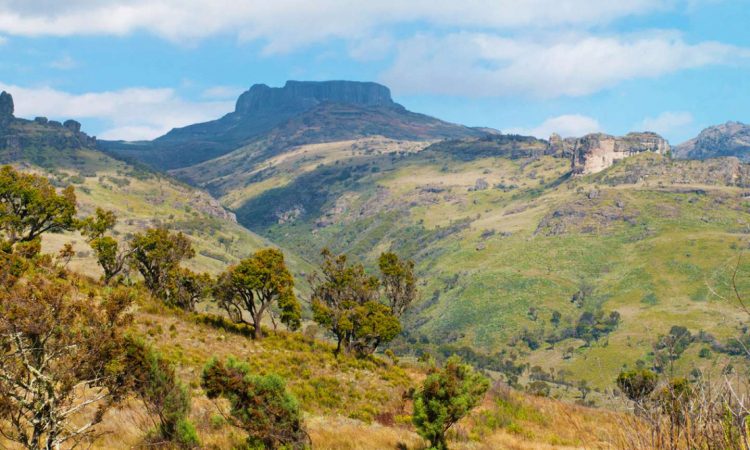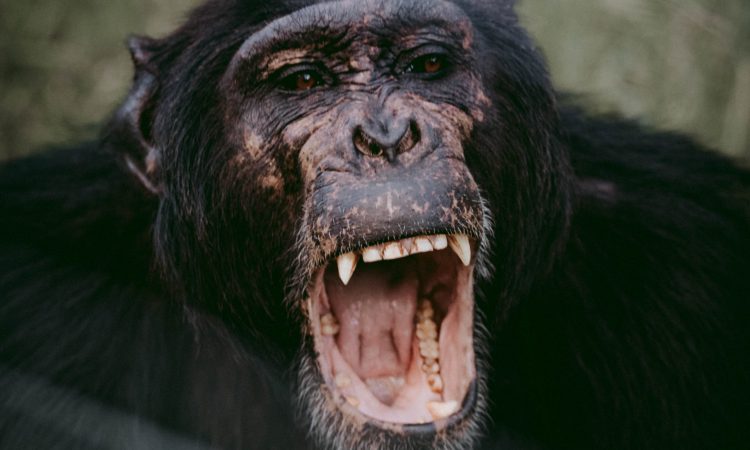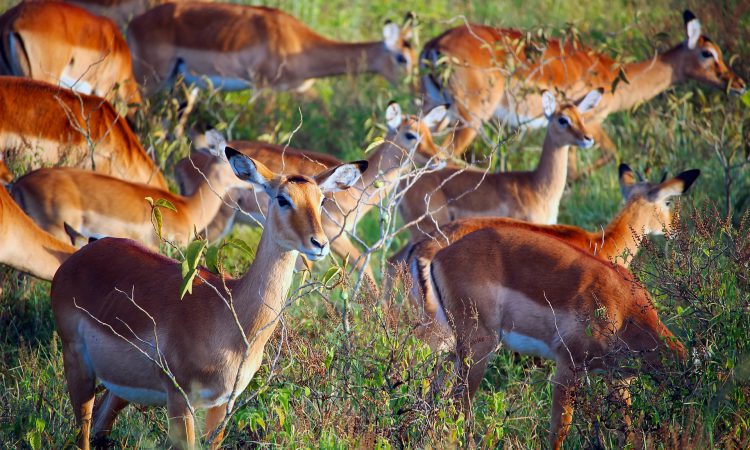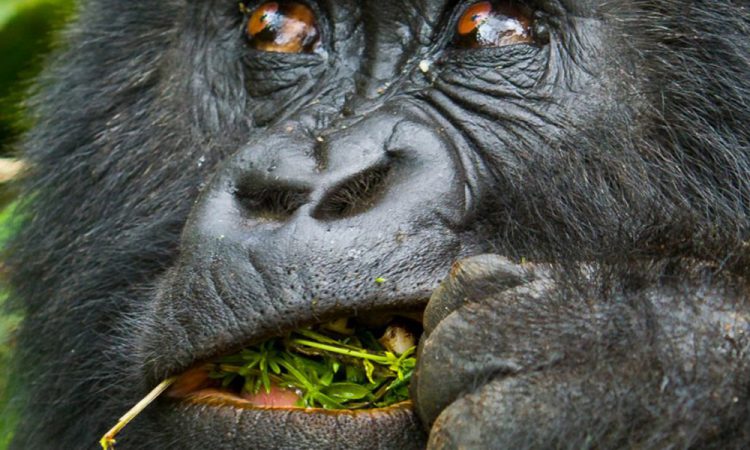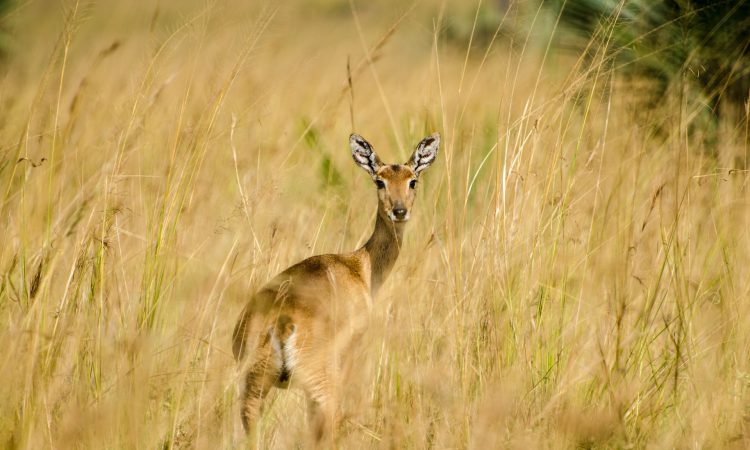Bwindi Impenetrable National Park is a forested park with an impenetrable forest covering a total surface area of 321 square kilometers. The park is found in southwestern Uganda on the edge of the Rift valley within Kanungu, Kabale, and Kisoro districts. The park’s altitude is between 1160m -2607 m above sea level. It was gazetted as a national park in 1991 and was declared as a UNESCO Natural Heritage site in 1994. Bwindi is a source of 5 major rivers that feed into lake Edward.
The national park has one of the oldest and most biologically diverse rain forests and contains over 400 species of plants. More importantly, this impenetrable forest hosts over 400 mountain gorillas representing more than half of the world’s remaining mountain gorillas. Some of which are habituated and are tracked on a daily basis while others are not habituated.it also harbors other mammals like elephants and antelopes and it’s estimated to be over 120 including several other primate species such as velvet baboons, red-tailed monkeys, black and white colobus monkeys, and chimpanzees among others. The park also hosts over 350 bird species including 23 Albertine Rift endemics.
The national park has 4 major sectors or locations where gorilla trekking takes place. This is a major activity that attracts most of the tourists to come to Uganda. The four sectors include Buhoma, Ruhija, Nkuringo, and Rushaga. In total, there are over 16 groups in different parks that are tracked on a daily basis which include:
- Rushaga groups include; Kahungye, Mishaya, Nshongi, Busingye, Bweza, Bikini, Bushaho, and Rwiji
- Ruhija groups include: Bitukura, Oruzogo, Kyaguriro, and Mukiza
- Buhoma groups include; Mubare, Rushegura, Habinyanja, and Katwe
- Nkuringo include; Nkuringo and Christmas
Tourist Activities include;
Gorilla trekking; Bwindi Gorilla national park has 18 habituated gorilla families as described above found in different sectors which are tracked on daily basis. This activity is led by UWA rangers and guides and starts from any of the tracking locations with the briefing. This activity takes 3 to 6 hours depending on the movement of the gorilla family on that fateful day. Once you meet the gorillas, you will spend 1 hour observing them and taking photos in close range. Thereafter, the guides will lead you back to the point where you started for debriefing and award of certificates. This is one of the most rewarding experiences you should never miss on a vacation in Uganda
Gorilla Habituation experience: Gorilla habituation takes place only in the Rushaga sector with the group that is not yet declared for tracking. It only allows 4 people to do it per day due to conservation issues as opposed to gorilla trekking that takes 8 people per group. This experience allows you to stay with the gorillas for only 4 hours studying their behaviors and way of living starting from nesting (where they slept the previous night) You will be led by UWA Ranger guides and Researchers and on request, you can be availed Gorilla Doctors.
Nature walk/Walking safari; There are six main nature walk trails in Buhoma for those who wish to explore the “impenetrable forest”, including waterfall walks, forest walks, primate encounters, mountain views, and impressive birdlife. You can also take a walking safari from Buhoma to Nkuringo and Vice-Versa which takes 5 hours.
Batwa Cultural experience in Rushaga; The Batwa were the original occupants of the forest before it was gazetted into the national park. They used to survive in the forest entirely and it was their ancestral home. Later, they were moved out of the park and settled in the neighborhood communities surrounding the national park. This activity helps support them as a way of living. They will guide you through the forest with enriching stories on how they used to stay and survive in the forest for their livelihood. This will give you an enriching cultural experience that will last a lifetime. This activity ends with lots of entertainment from Batwa dancing groups.
Canoeing; This is done by the community who will take you on a canoe experience on either lake Mutanda or Lake Mulehe. These are lava-dammed lakes that do not attract any fishing activity because of their depth due to their formation.
Accessing Bwindi;
It can be accessed by road from Queen Elizabeth National Park to the north (2-3 hours), from Kabale to the south (1-2 hours), or from Kampala via Mbarara (6-8 hours).4WD is the most recommended since Bwindi is surrounded by hills which are some times rugged due to rains.
There are also daily buses from Kampala to Kisoro and can be used by those tracking in Rushaga, Nkuringo and Mgahinga. The same bus can be used for those tracking in Ruhija but the stopover will be in Kabale not Kisoro. Buses are also available going to Butogota through Kihihi and others go straight up to Buhoma one of the tracking points.
It can also be accessed by air using local flights from Entebbe or Kajansi Airfield to Kisoro air strip or Kihihi and Kayonza airfields.


